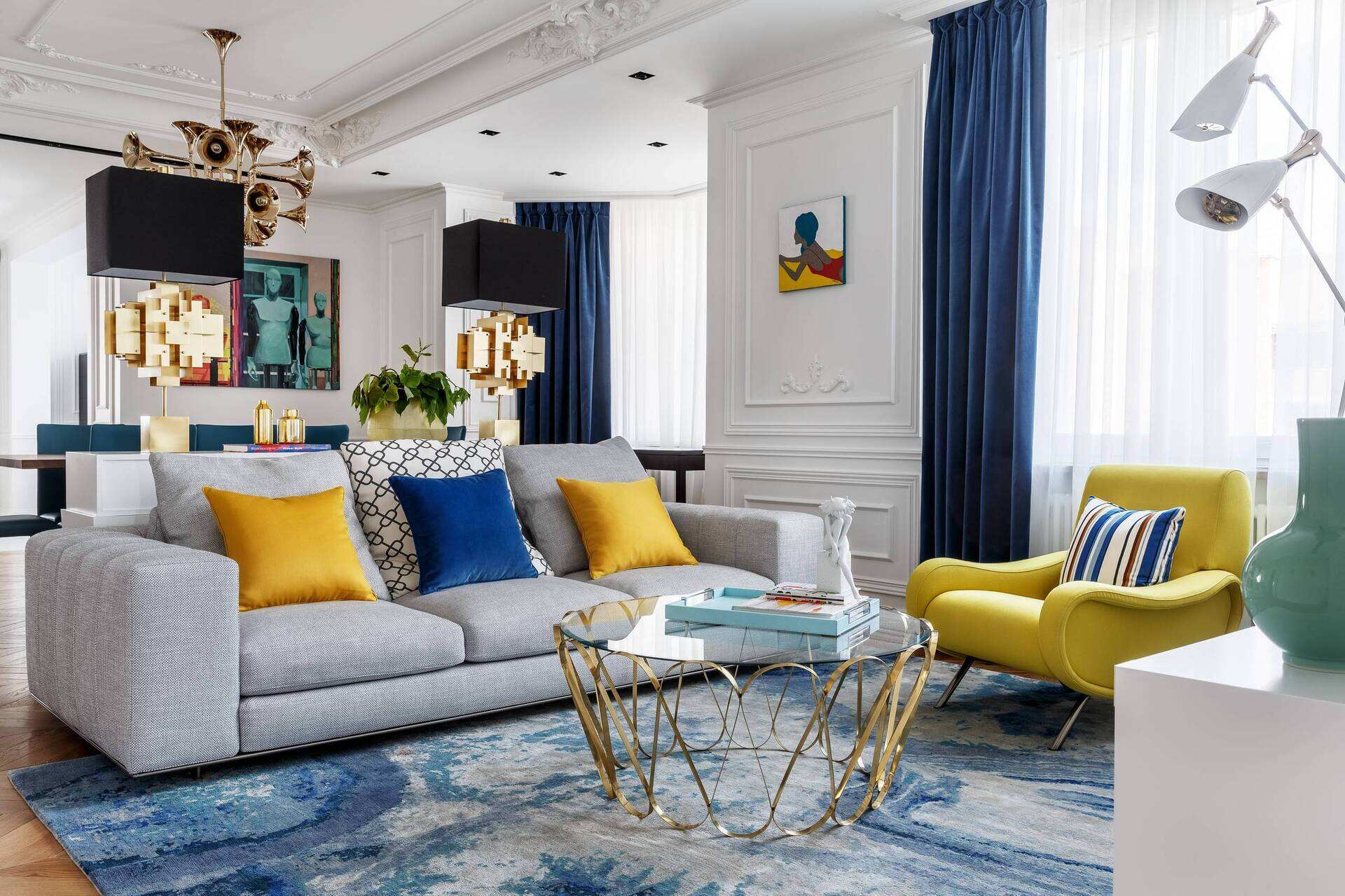

Articles
What Is The Best Color For Living Room
Modified: January 5, 2024
Discover the perfect color for your living room with our helpful articles. Enhance your space and create a cozy atmosphere with the best color choices.
(Many of the links in this article redirect to a specific reviewed product. Your purchase of these products through affiliate links helps to generate commission for Storables.com, at no extra cost. Learn more)
Introduction
When it comes to decorating your living room, choosing the right color can have a significant impact on the overall ambiance and aesthetic appeal of the space. The color you select sets the tone for the room, creating a certain mood and atmosphere. Whether you prefer a relaxing and cozy environment or a bold and vibrant space, finding the best color for your living room is essential.
In this article, we will explore various factors to consider when choosing the perfect color for your living room. From neutral shades to bold and vibrant tones, warm and cool colors to popular color combinations, we will provide you with valuable insights to help you make an informed decision that aligns with your personal style and preferences.
So, let’s dive in and discover the best color options for your living room!
Key Takeaways:
- The best color for your living room depends on factors like room size, natural lighting, existing décor, and personal preference. Consider warm, cool, neutral, or bold colors to create the desired atmosphere.
- Popular color combinations like grey and yellow, blue and white, or green and brown can create visually stunning and harmonious living room spaces. Consider your lifestyle, existing décor, and color psychology when choosing the perfect color.
Read more: What Is The Best Paint Color For Living Room
Factors to Consider When Choosing a Color for Your Living Room
When selecting a color for your living room, it’s important to consider several factors to ensure that the chosen shade complements the overall theme and reflects your personal style. Here are some key factors to keep in mind:
- Room Size: The size of your living room plays a crucial role in determining the color scheme. If you have a smaller space, lighter colors can create an illusion of a larger room. On the other hand, larger rooms can handle darker and bolder colors.
- Natural Lighting: Consider the amount of natural light your living room receives throughout the day. If your room is well-lit, you can experiment with both light and dark colors. However, if the room lacks natural light, lighter shades can help brighten up the space.
- Existing Furniture and Décor: Take into account the furniture and décor pieces you already have in your living room. Choose a color that complements these elements rather than clashes with them. Consider the style and color palette of your furniture when making your selection.
- Mood and Atmosphere: Different colors evoke different emotions and create varying atmospheres. Decide on the mood you want to create in your living room. For a calming and serene space, go for cool and neutral tones. If you want a lively and energetic ambiance, opt for bold and vibrant hues.
- Personal Preference: Ultimately, your personal taste and preference should guide your decision. Choose a color that resonates with you and brings you joy every time you step into your living room. After all, it’s your space!
By considering these factors, you can narrow down your options and make an informed choice that will enhance the overall look and feel of your living room.
Neutral Colors for Living Rooms
Neutral colors are a popular choice for living rooms because of their timeless and versatile appeal. They provide a calming and sophisticated backdrop that allows other elements in the room to stand out. Here are some neutral colors you can consider for your living room:
- White: White is a classic and timeless choice for a neutral color. It creates a sense of purity and cleanliness, making the room feel open and airy. White walls can also serve as a blank canvas, allowing you to experiment with different furniture and décor styles.
- Beige: Beige is a warm and inviting neutral color that adds depth and coziness to a living room. It pairs well with earthy tones and natural materials, creating a cozy and rustic atmosphere.
- Gray: Gray is a versatile and sophisticated color that works well in both modern and traditional living rooms. It comes in various shades, from light gray to charcoal, allowing you to create different moods and aesthetics. Gray also pairs well with pops of bold colors for a stylish contrast.
- Taupe: Taupe is a warm and earthy color that exudes elegance and warmth. It has a subtle undertone of gray or brown, making it a versatile choice that can complement a variety of furniture and décor styles.
- Greige: Greige, a combination of gray and beige, offers the best of both worlds. It has the warmth of beige and the versatility of gray, creating a cozy and modern living room space.
Neutral colors provide a neutral base that allows you to incorporate various accent colors and patterns through furniture, pillows, rugs, and artwork. They also create a soothing and timeless atmosphere that can be easily adapted to different design styles and trends.
Bold and Vibrant Colors for Living Rooms
If you want to make a statement and infuse energy into your living room, bold and vibrant colors are the way to go. These colors add personality, visual interest, and a sense of excitement to the space. Here are some bold and vibrant color options to consider:
- Red: Red is a powerful and passionate color that grabs attention and creates a bold focal point in a living room. It can add warmth and intensity to the space, making it perfect for creating a dramatic and vibrant atmosphere.
- Yellow: Yellow is a cheerful and energetic color that instantly brightens up a room. It promotes a sense of happiness and positivity. Depending on the shade, yellow can range from soft and mellow to bold and vibrant.
- Blue: Blue is a calming and serene color that can create a sense of tranquility in your living room. However, bold shades of blue like navy or royal blue can add depth and create a striking visual impact.
- Green: Green is a refreshing and rejuvenating color that brings a touch of nature indoors. It promotes a sense of balance and harmony. Opt for bold shades of green like emerald or lime for a lively and vibrant living room.
- Purple: Purple is a luxurious and regal color that adds a touch of sophistication to your living room. From deep plum to vibrant lavender, purple can create an opulent and vibrant ambiance.
When incorporating bold and vibrant colors into your living room, it’s essential to strike a balance to avoid overwhelming the space. You can use these colors as accent walls, furniture pieces, or through accessories and artwork. Pair them with neutral tones to create a harmonious and visually appealing contrast.
Remember, bold and vibrant colors can elevate the overall ambiance of your living room and reflect your vibrant personality and style.
Warm Colors for Living Rooms
Warm colors are known for creating a cozy and inviting atmosphere in a living room. They evoke a sense of comfort and can make the space feel more intimate. Here are some warm color options that you can consider for your living room:
- Orange: Orange is a warm and energetic color that adds a vibrant and cheerful touch to the living room. It can create a lively and inviting ambiance, perfect for gathering with friends and family.
- Yellow: Yellow, especially earthy and golden tones, can bring warmth and brightness to a living room. It creates a welcoming and sunny atmosphere that boosts positivity and happiness.
- Red: Red, when used in warm shades like maroon or brick red, adds a sense of richness and warmth to the living room. It creates a cozy and intimate space, perfect for relaxing and socializing.
- Brown: Brown is a natural and earthy color that exudes warmth and comfort. It can create a cozy and rustic atmosphere in your living room. Different shades of brown, from light tan to deep chocolate, offer flexibility in design and complement a variety of styles.
- Terracotta: Terracotta is a warm and earthy shade that adds a cozy and rustic feel to the living room. It creates a sense of connection with nature and can be paired with other warm colors for a harmonious look.
When incorporating warm colors into your living room, consider using a mix of different tones to create depth and dimension. You can use warm colors on the walls, furniture, accessories, and textiles. Combine with neutral accents to maintain balance and prevent overwhelming the space.
Warm colors are perfect for creating a welcoming and cozy living room environment that will make you and your guests feel right at home.
Consider using a neutral color like light gray, beige, or soft blue for your living room. These colors create a calming and inviting atmosphere, making the space feel open and airy. Avoid dark or overly bright colors, as they can be overwhelming.
Read more: What Color To Paint A Living Room
Cool Colors for Living Rooms
Cool colors are known for their calming and soothing effect on a space. They can create a refreshing and serene atmosphere, making them ideal for living rooms where relaxation is a priority. Here are some cool color options that you can consider:
- Blue: Blue is a versatile cool color that can range from soft and pale shades to deep and rich tones. Lighter blues can create a sense of tranquility and serenity, while darker blues can add depth and sophistication to the living room.
- Green: Green is a color associated with nature and has a calming effect. Lighter shades of green can create a fresh and serene atmosphere, while deeper shades can add a sense of richness to the living room.
- Purple: Purple, particularly lavender or lilac shades, can add a sense of serenity and luxury to the living room. It creates a tranquil and relaxing environment that promotes a restful atmosphere.
- Gray: Gray, especially lighter shades, has a cooling effect and can create a sense of calmness in the living room. It works well as a neutral base and pairs beautifully with cool accent colors.
- Teal: Teal is a blend of blue and green, combining the calming qualities of both colors. It adds a touch of sophistication and creates a tranquil and inviting living room environment.
Cool colors work well in living rooms that are used for unwinding and relaxation. They create a sense of harmony and balance, making the space feel calm and peaceful. You can use cool colors on the walls, furniture, accessories, and artwork to infuse the room with a cooling and refreshing ambiance.
Remember to consider the natural light in your living room, as cool colors can appear more vibrant in well-lit spaces.
Popular Color Combos for Living Rooms
When it comes to choosing colors for your living room, combining multiple hues can create a visually stunning and harmonious space. Here are some popular color combinations that you can consider:
- Grey and Yellow: This combination adds a modern and chic look to the living room. The coolness of grey complements the warmth of yellow, creating a balanced and inviting atmosphere.
- Blue and White: Blue and white is a classic color combination that creates a fresh and coastal theme. The calming blue hues paired with the crispness of white evoke a sense of tranquility and elegance.
- Neutral and Pops of Color: Utilizing a neutral color palette, such as beige or grey, as the base, and adding pops of vibrant colors like red, orange, or teal through accent pieces, can create a dynamic and visually appealing living room.
- Green and Brown: The combination of green and brown creates an earthy and natural vibe in the living room. The soothing green shades paired with the warmth of brown create a relaxing and organic atmosphere.
- Black and White: This timeless combination exudes elegance and sophistication. The contrasting black and white hues create a striking and dramatic visual impact in the living room.
When using color combinations, it’s essential to maintain a balance of shades and distribute them throughout the space. Consider using the colors on the walls, furniture, accessories, and textiles to create a cohesive look.
Additionally, take into account your personal style and the overall theme of your living room when selecting a color combination. Ultimately, choose colors that resonate with you and reflect your desired aesthetic.
Tips for Choosing the Best Color for Your Living Room
Choosing the best color for your living room is an exciting but sometimes challenging task. Here are some tips to help you make the right choice:
- Consider your lifestyle: Think about how you use your living room. If you entertain guests frequently, you may want to choose colors that create a welcoming and inviting atmosphere. If you use the space primarily for relaxation, opt for calming colors that promote serenity.
- Take inspiration from your existing décor: Look at your furniture, artwork, and accessories in the living room. Pull colors from these pieces to guide your color selection. Harmonizing the color scheme will create a cohesive and well-designed space.
- Use color psychology: Different colors have distinct psychological effects. For example, blues and greens promote tranquility, while reds and yellows evoke energy and excitement. Consider the mood you want to achieve in your living room and choose colors accordingly.
- Consider the lighting: Natural and artificial lighting can greatly impact the appearance of colors. Take note of how much natural light enters your living room. If it lacks natural light, lighter and warmer shades may help brighten up the space.
- Sample the colors: Before committing to a color, test it out. Paint a small section of the wall or use large paint swatches to see how the color reacts to different lighting throughout the day. This will give you a better idea of how the color will look in your living room.
- Don’t be afraid to go bold: If you want to make a statement, don’t shy away from bold and vibrant colors. Accent walls or colorful furniture can add personality and create a focal point in the room. Just ensure that the colors complement each other and the overall theme of the space.
- Consider the long-term: Trends come and go, so it’s essential to choose colors that you’ll enjoy for years to come. Opting for timeless shades or classic combinations can ensure that your living room remains stylish and relevant, no matter the current trends.
Remember, your living room should be a reflection of your personal style and a space that makes you feel comfortable and inspired. By considering these tips, you’ll be on your way to choosing the perfect color for your living room.
Conclusion
Choosing the best color for your living room is a crucial step in creating a space that is not only visually appealing but also aligns with your personal style and desired atmosphere. From neutral shades to bold and vibrant colors, warm tones to cool hues, there are endless possibilities to explore.
By considering factors such as room size, natural lighting, existing furniture and décor, mood and atmosphere, and your personal preferences, you can make an informed decision that will enhance the overall look and feel of your living room.
Neutral colors provide a timeless and versatile backdrop that allows other elements to shine, while bold and vibrant colors add a sense of energy and personality to the space. Warm hues create a cozy and inviting atmosphere, while cool tones promote relaxation and tranquility.
You can also get creative and experiment with popular color combinations to create a visually stunning and harmonious living room, reflecting your unique style and taste.
Remember to consider your lifestyle, take inspiration from existing décor, and use color psychology to influence the mood of the space. Don’t forget to sample the colors and consider the lighting in your living room to ensure the chosen color looks its best at all times.
Ultimately, the best color for your living room is the one that makes you feel happy, comfortable, and inspired. Trust your instincts and choose a color that resonates with your personal style and creates the desired ambiance in your living room.
So, let your creativity guide you and have fun in the process. Transform your living room into a beautiful and inviting space with the perfect color! Happy decorating!
Frequently Asked Questions about What Is The Best Color For Living Room
Was this page helpful?
At Storables.com, we guarantee accurate and reliable information. Our content, validated by Expert Board Contributors, is crafted following stringent Editorial Policies. We're committed to providing you with well-researched, expert-backed insights for all your informational needs.
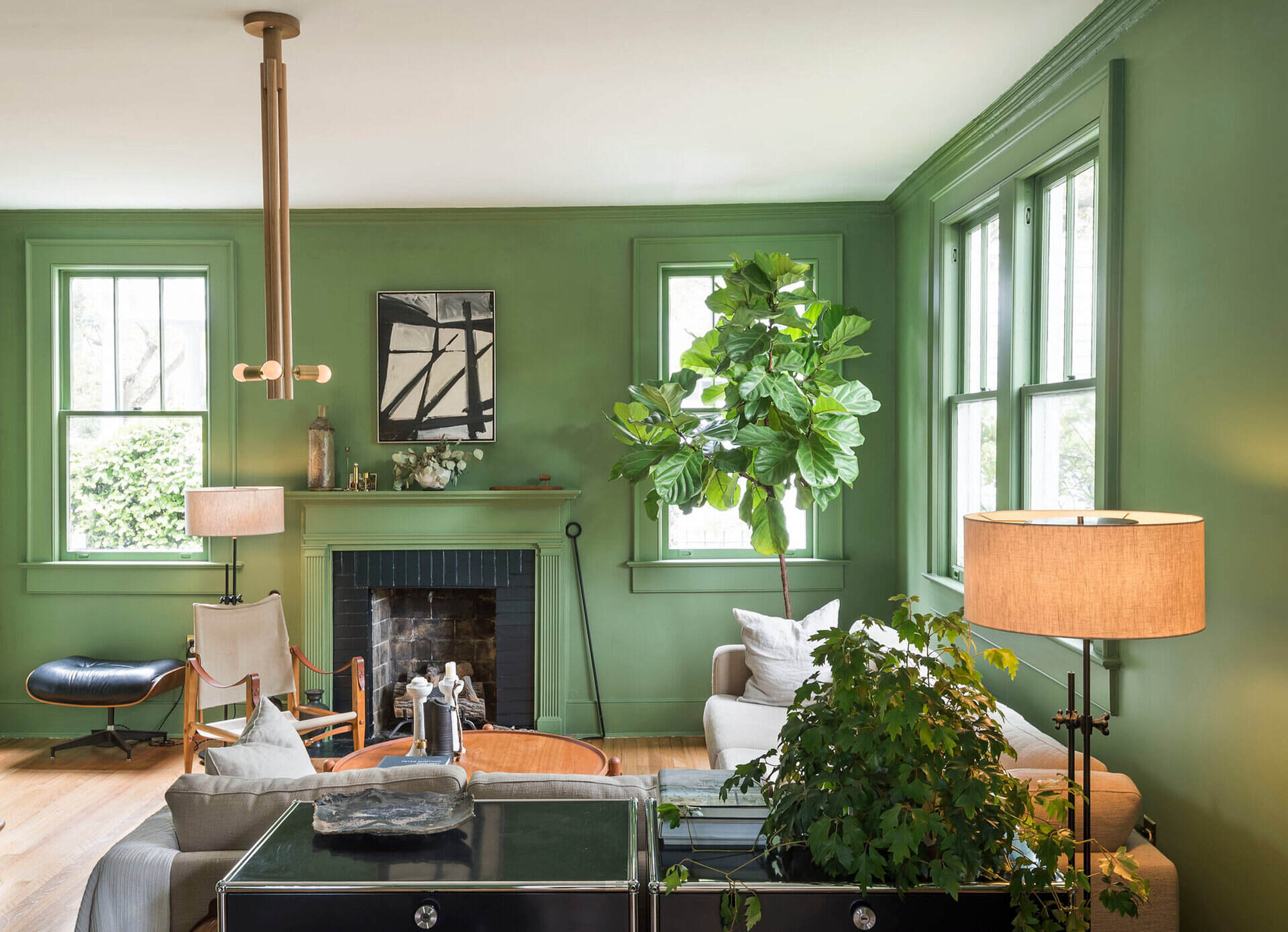
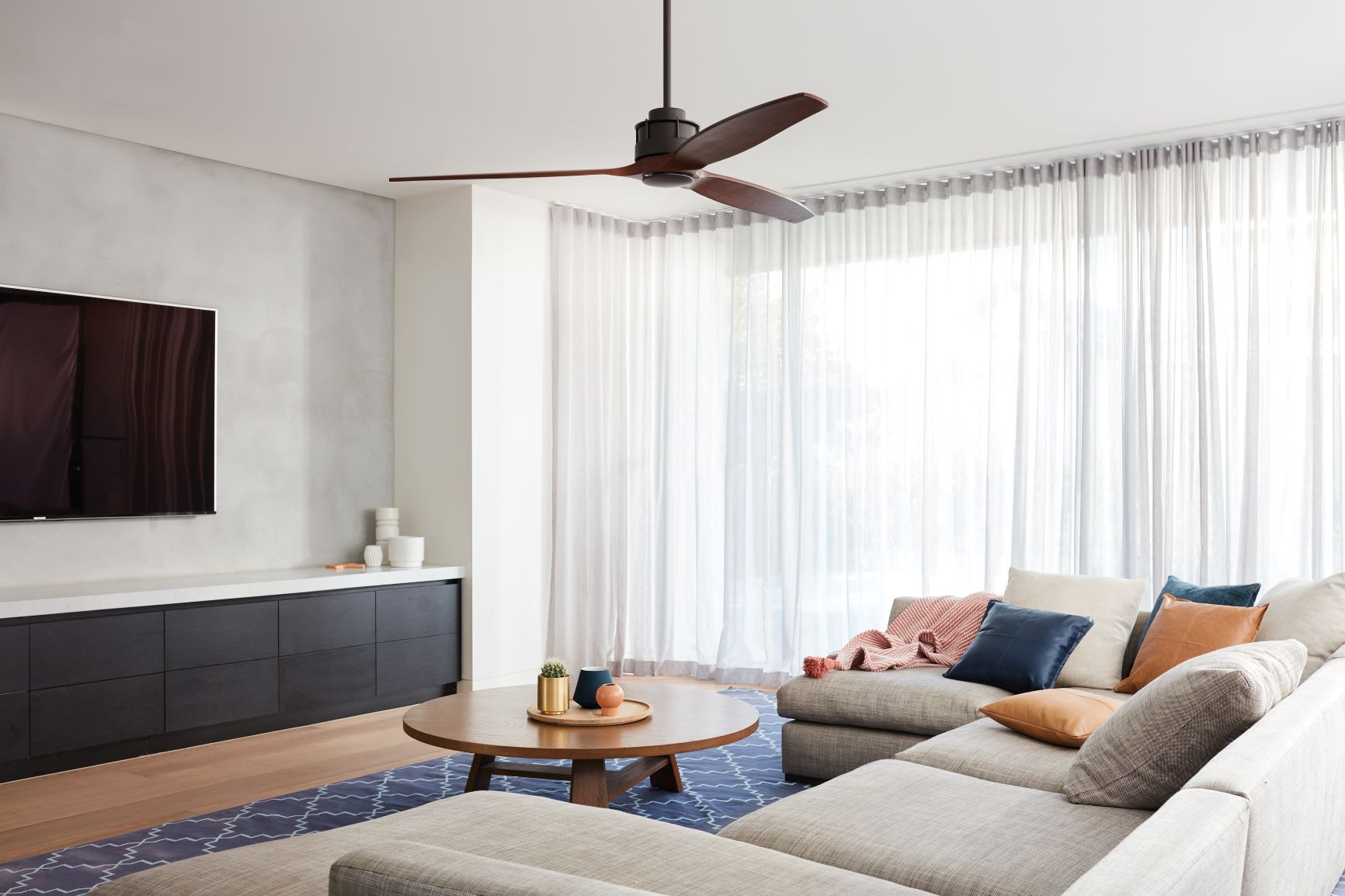
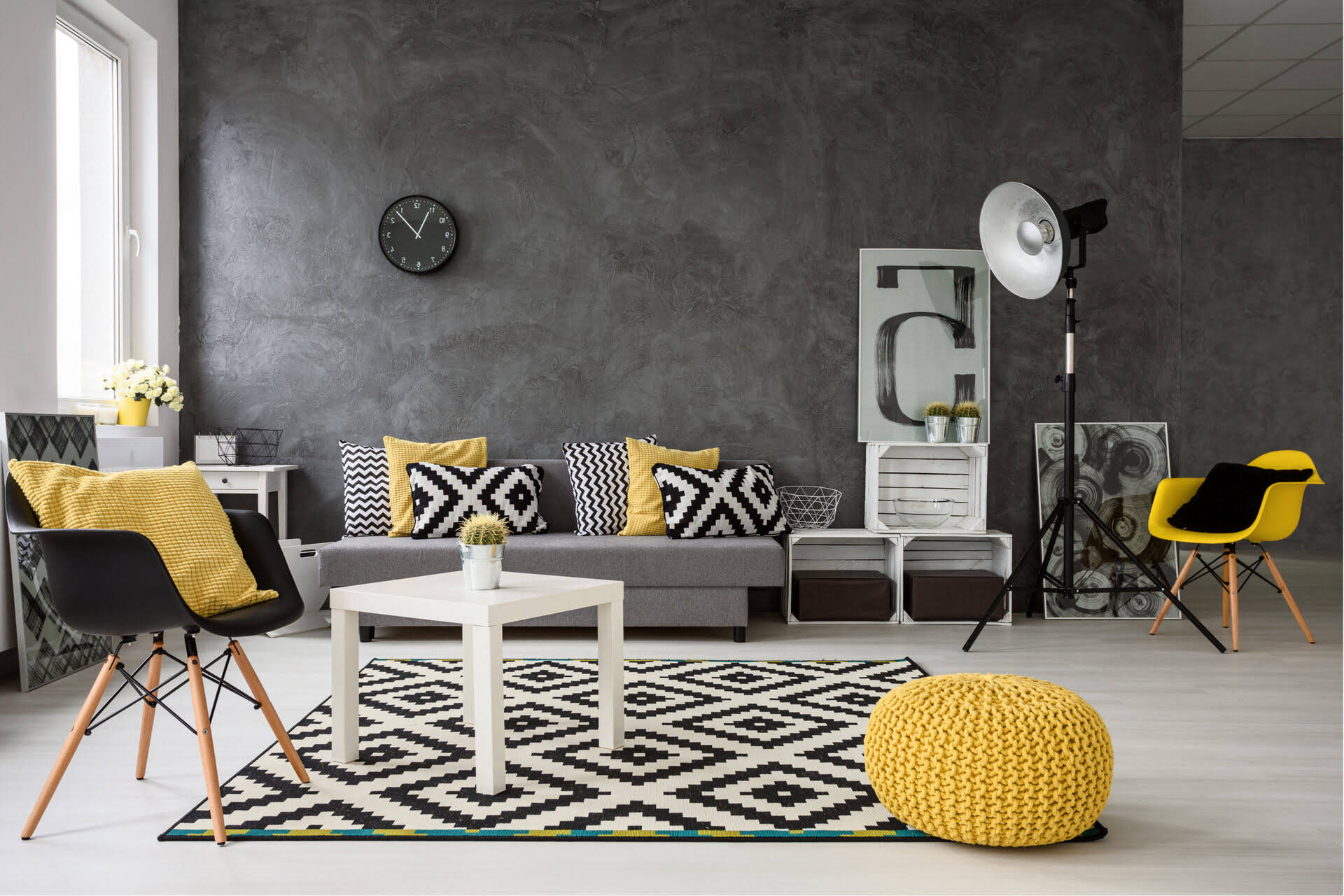
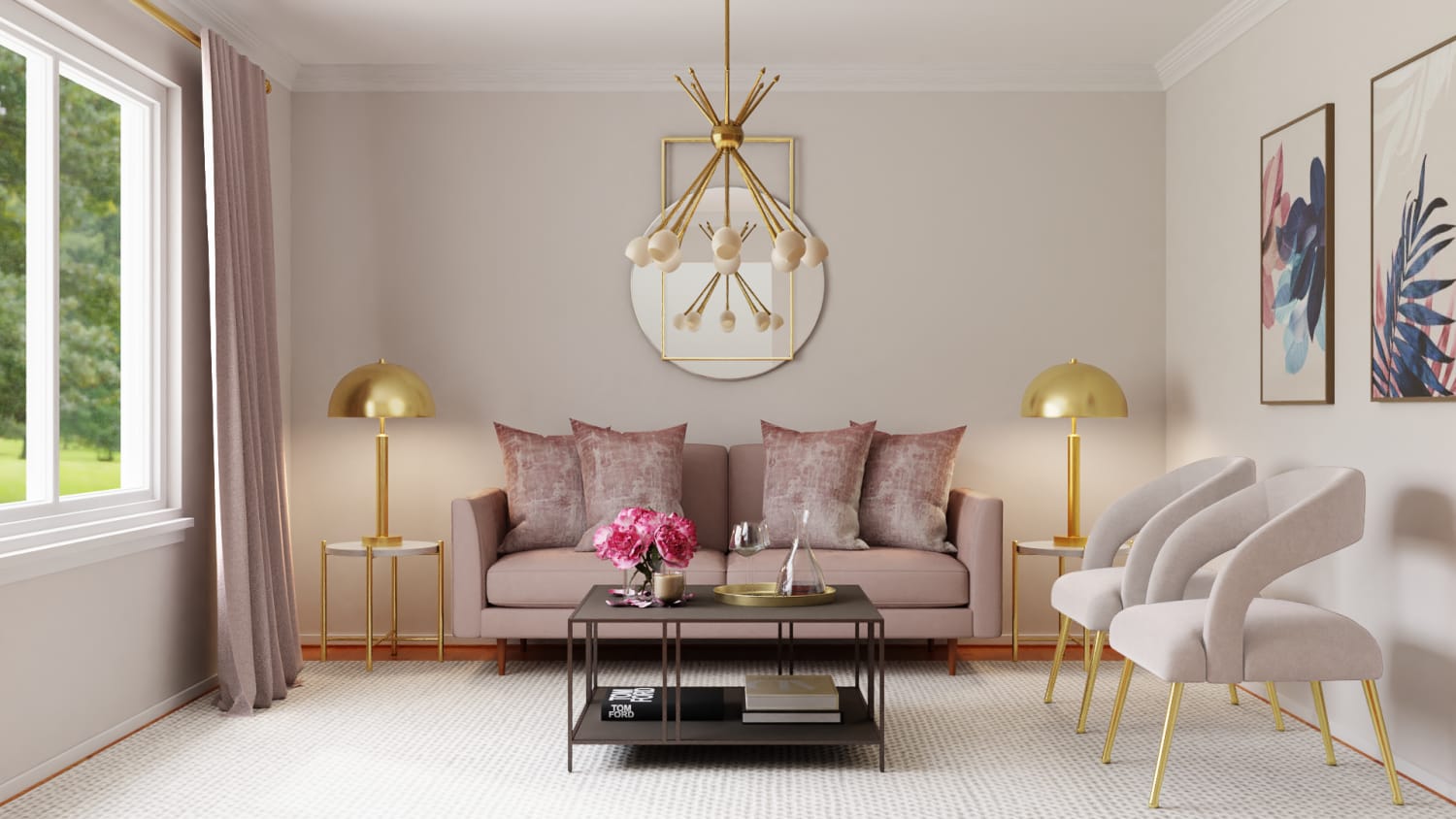
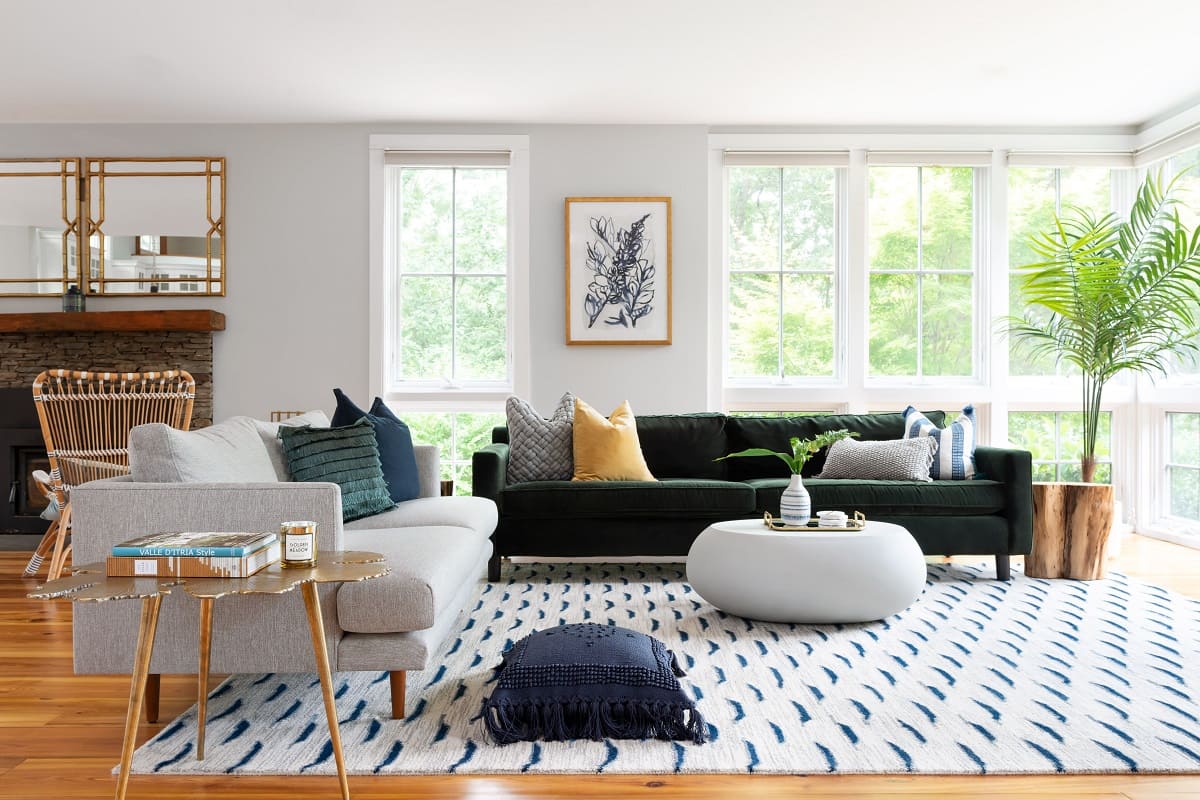
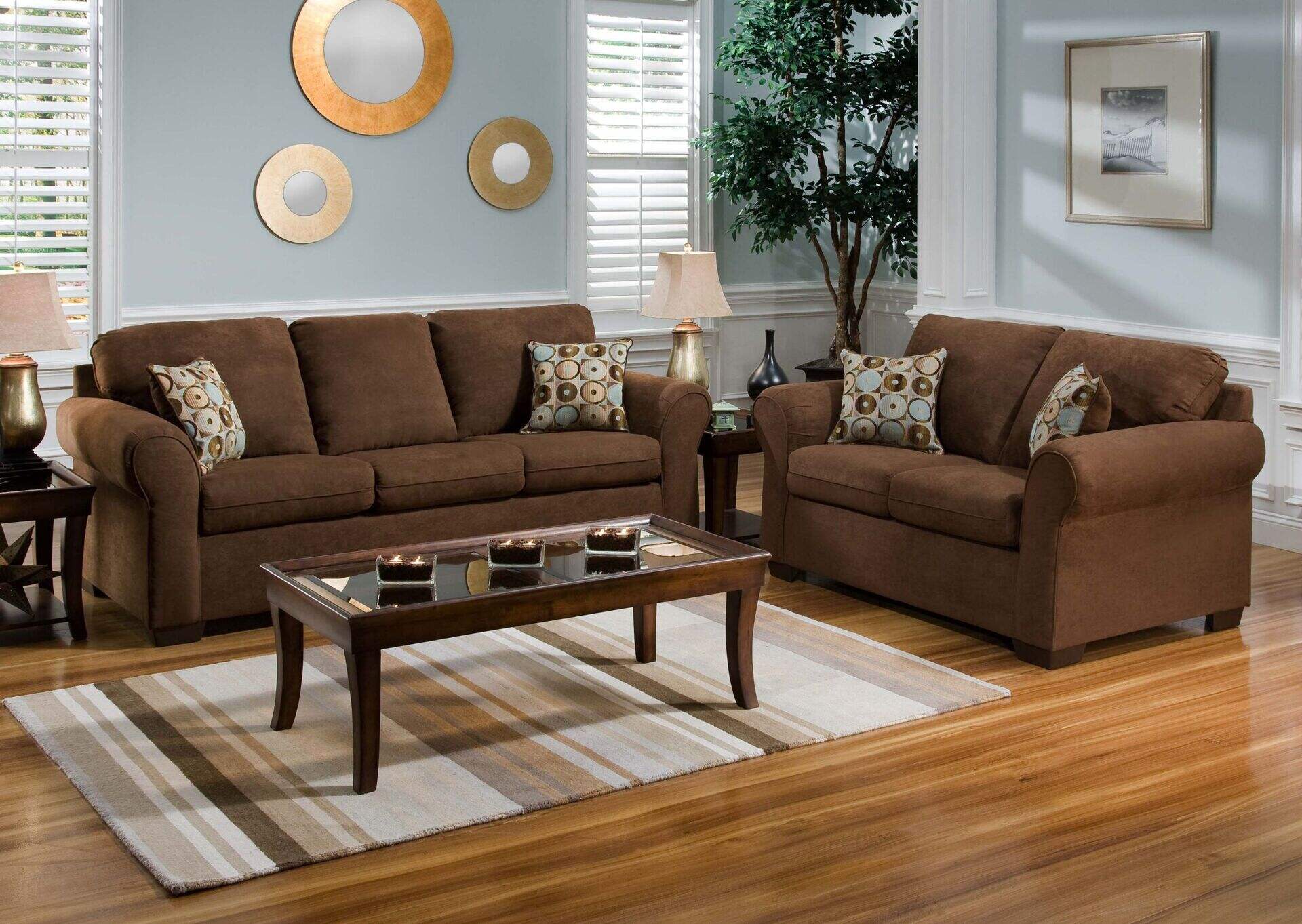
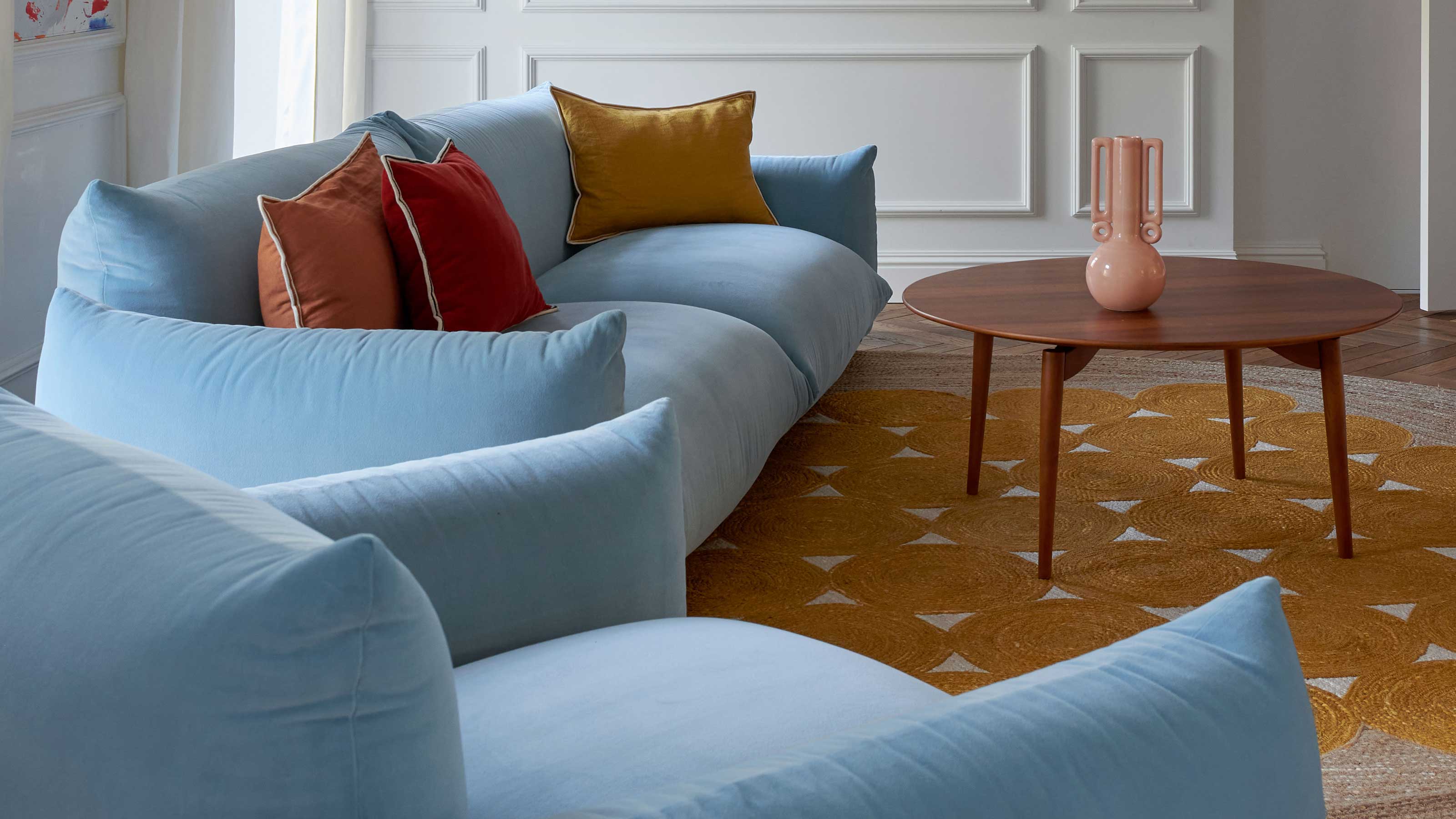
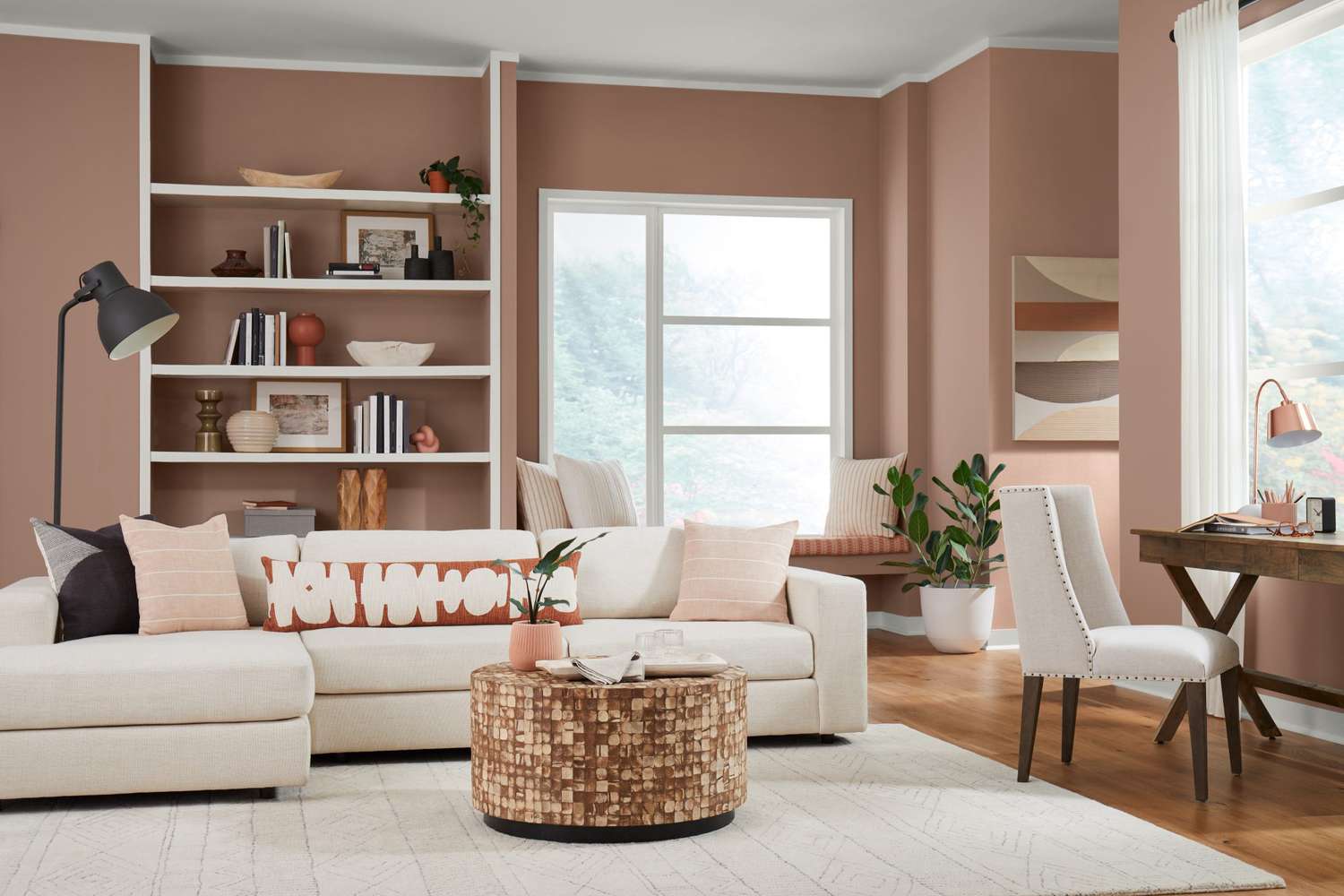
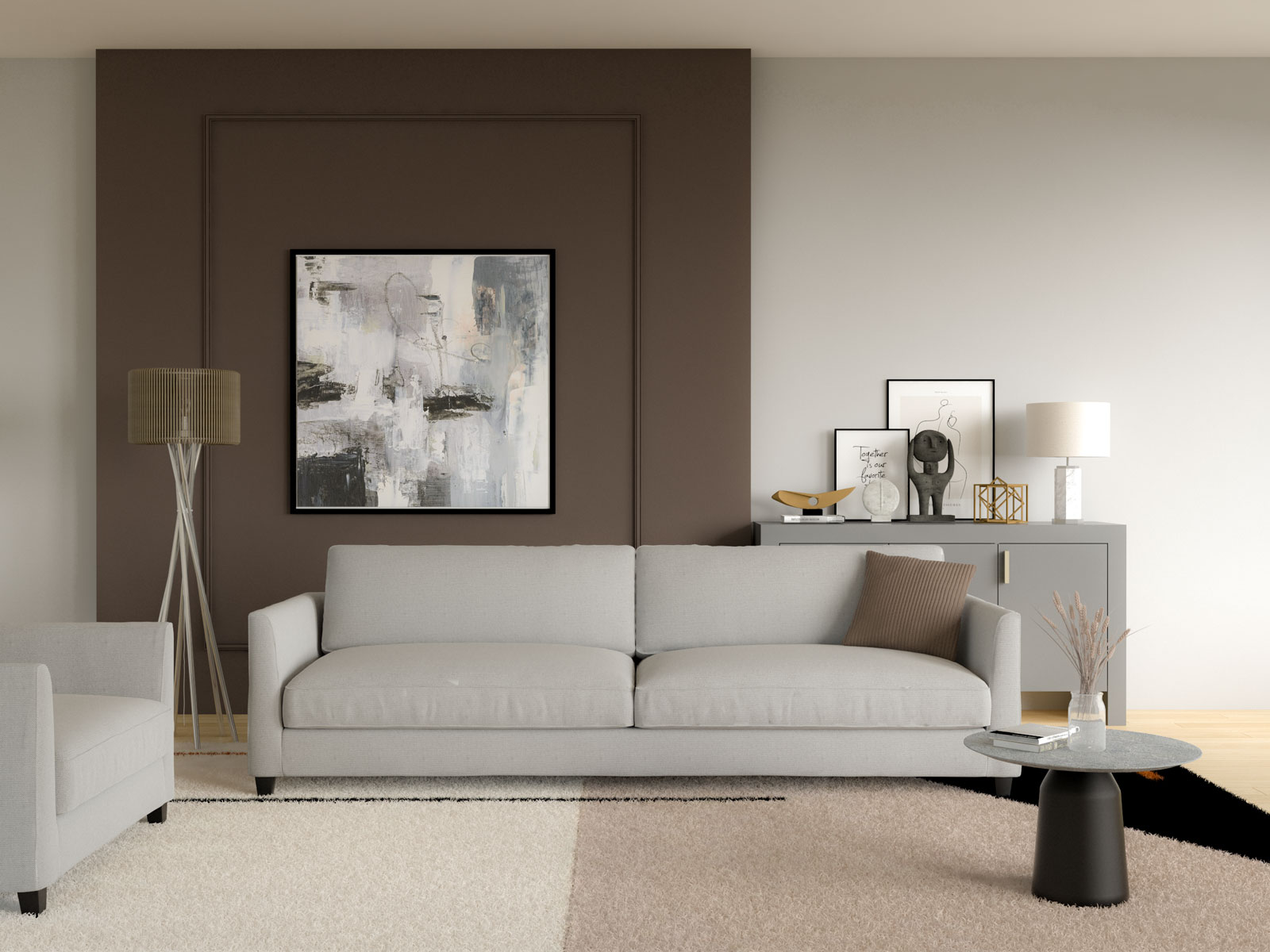
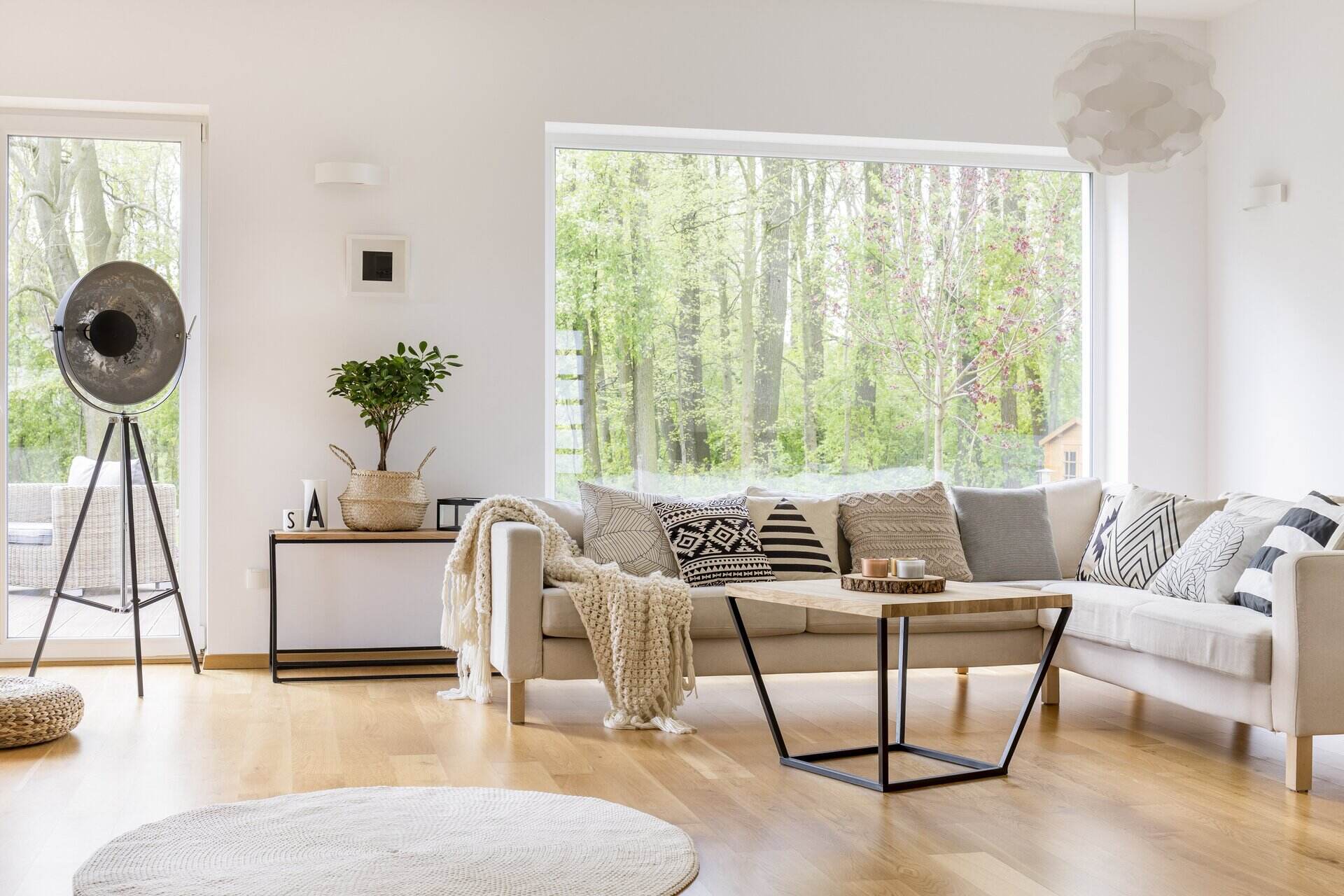
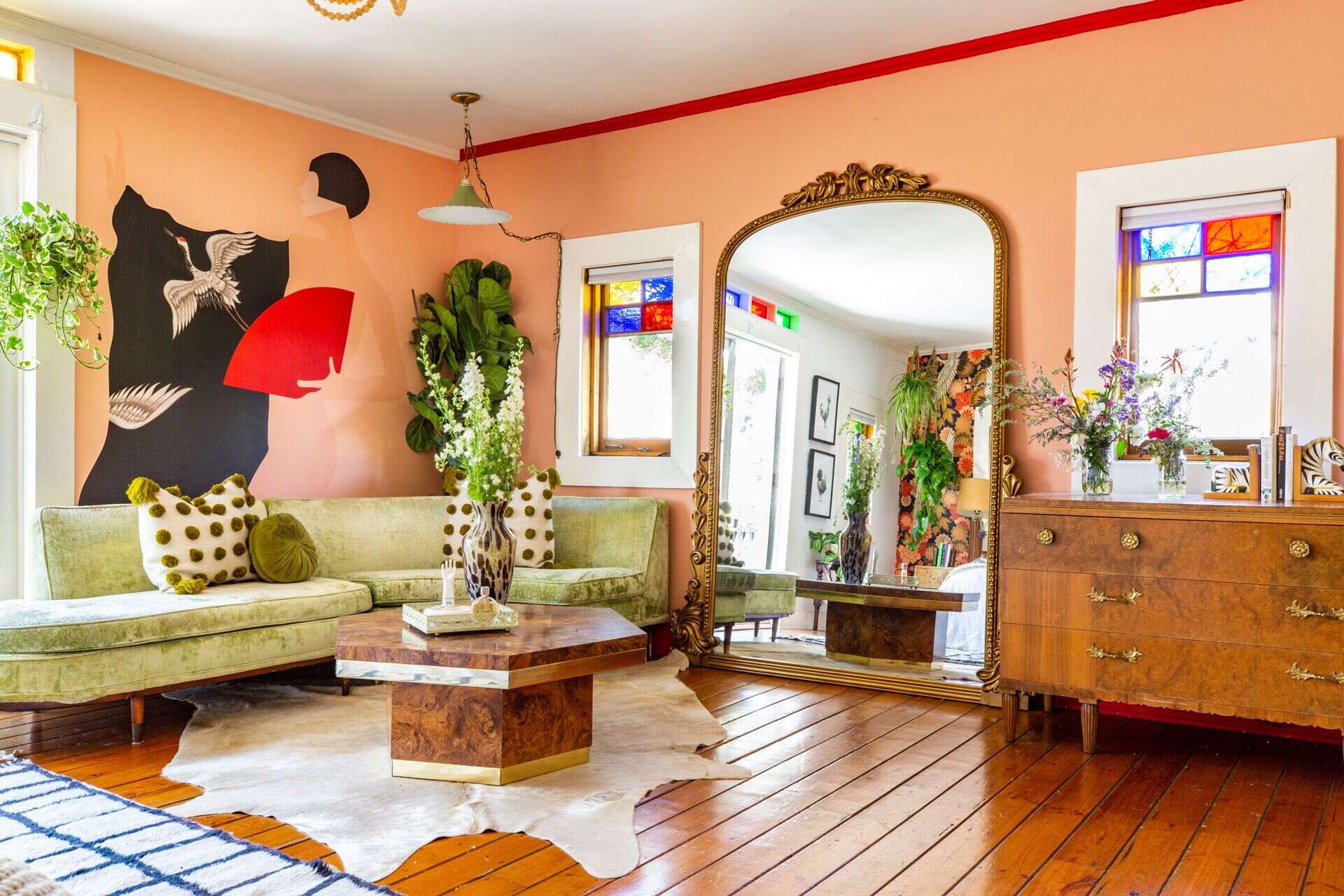
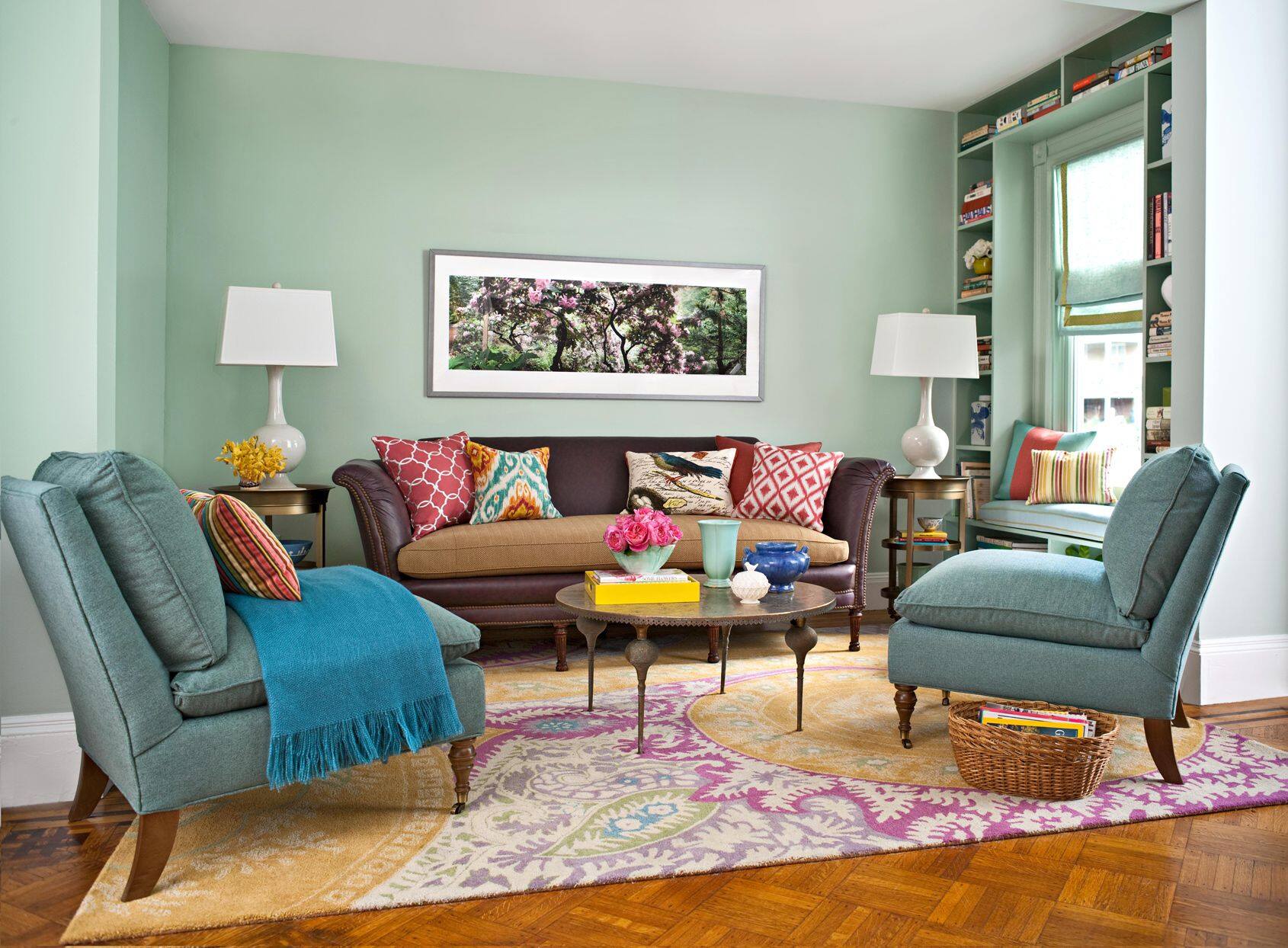
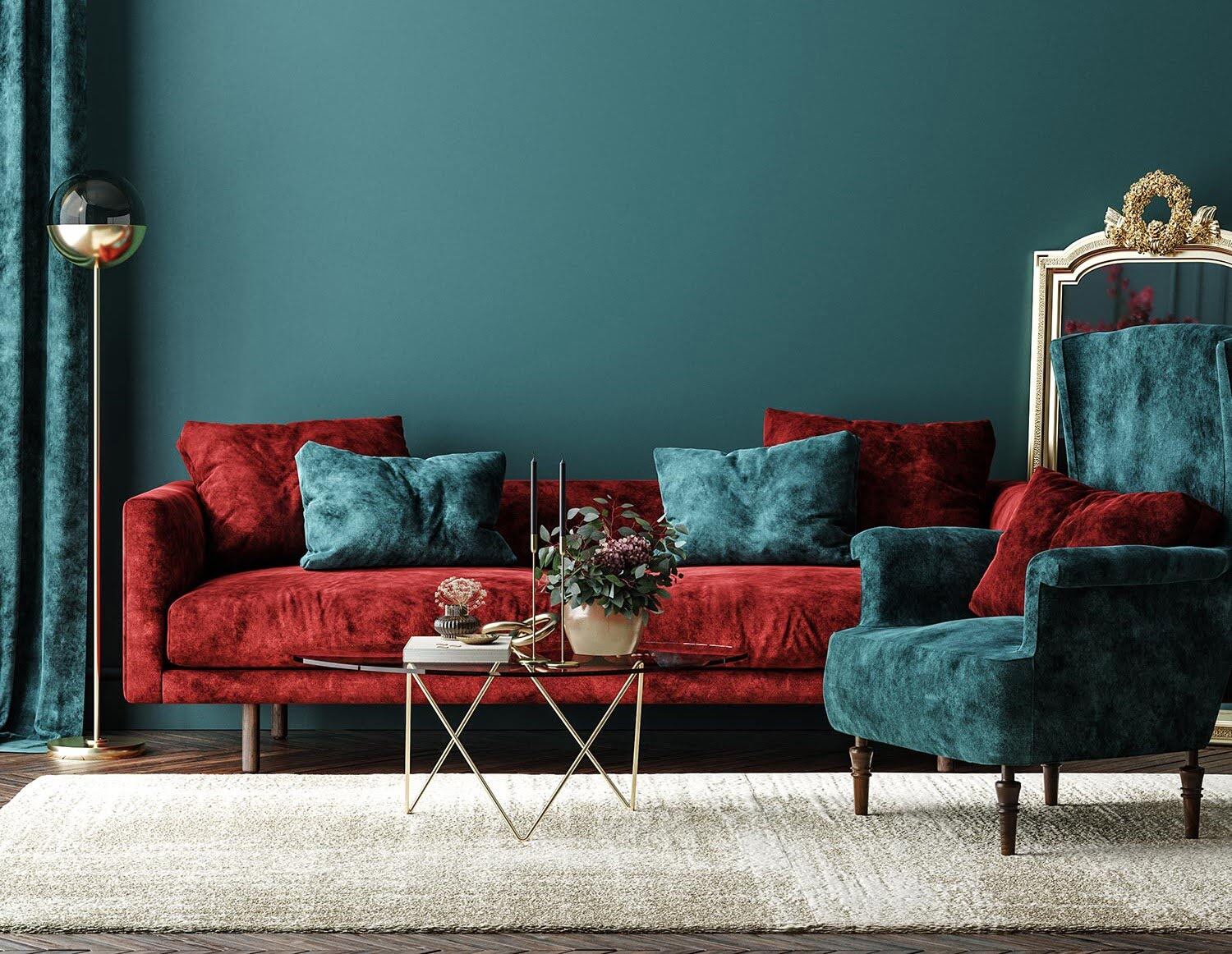
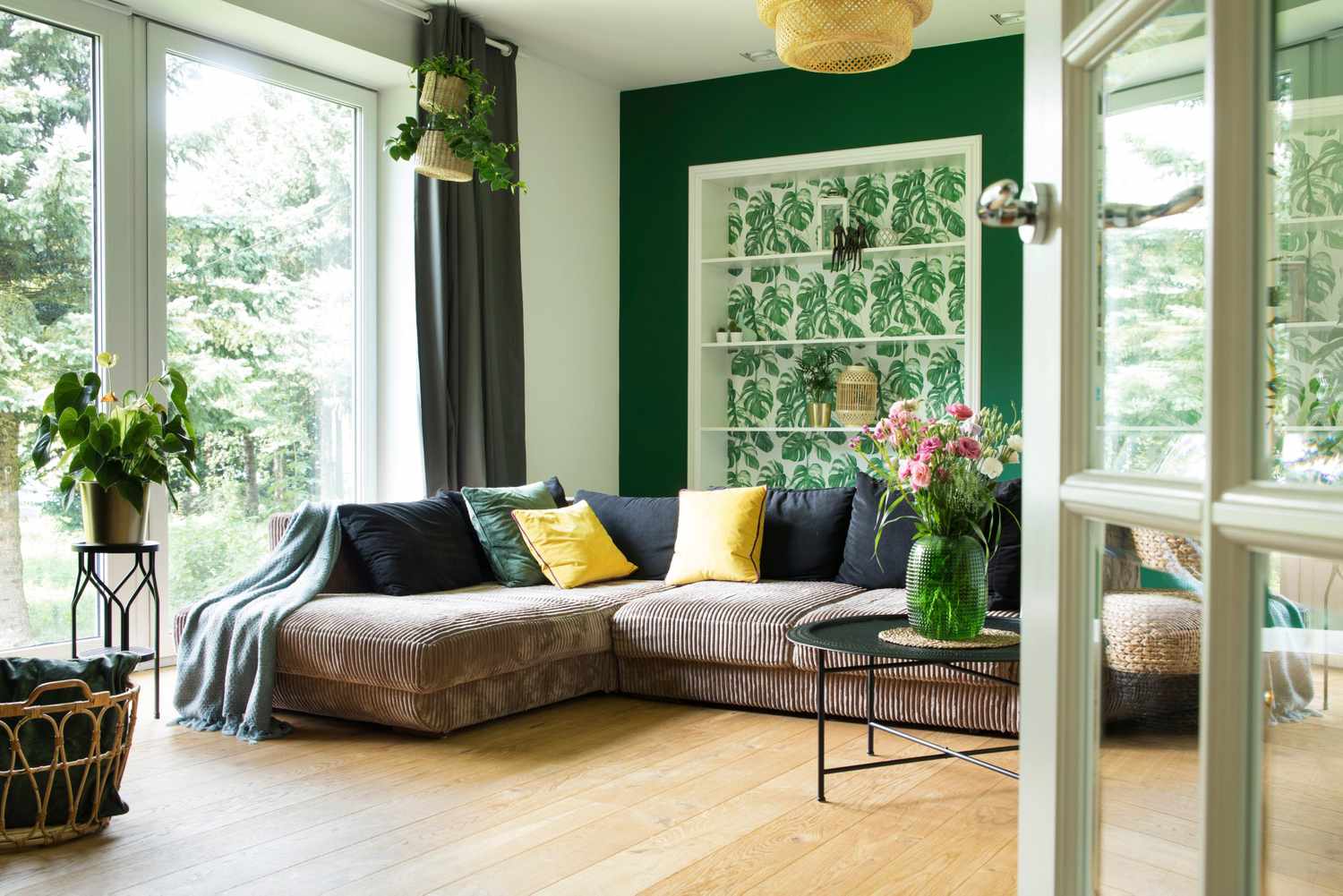

0 thoughts on “What Is The Best Color For Living Room”